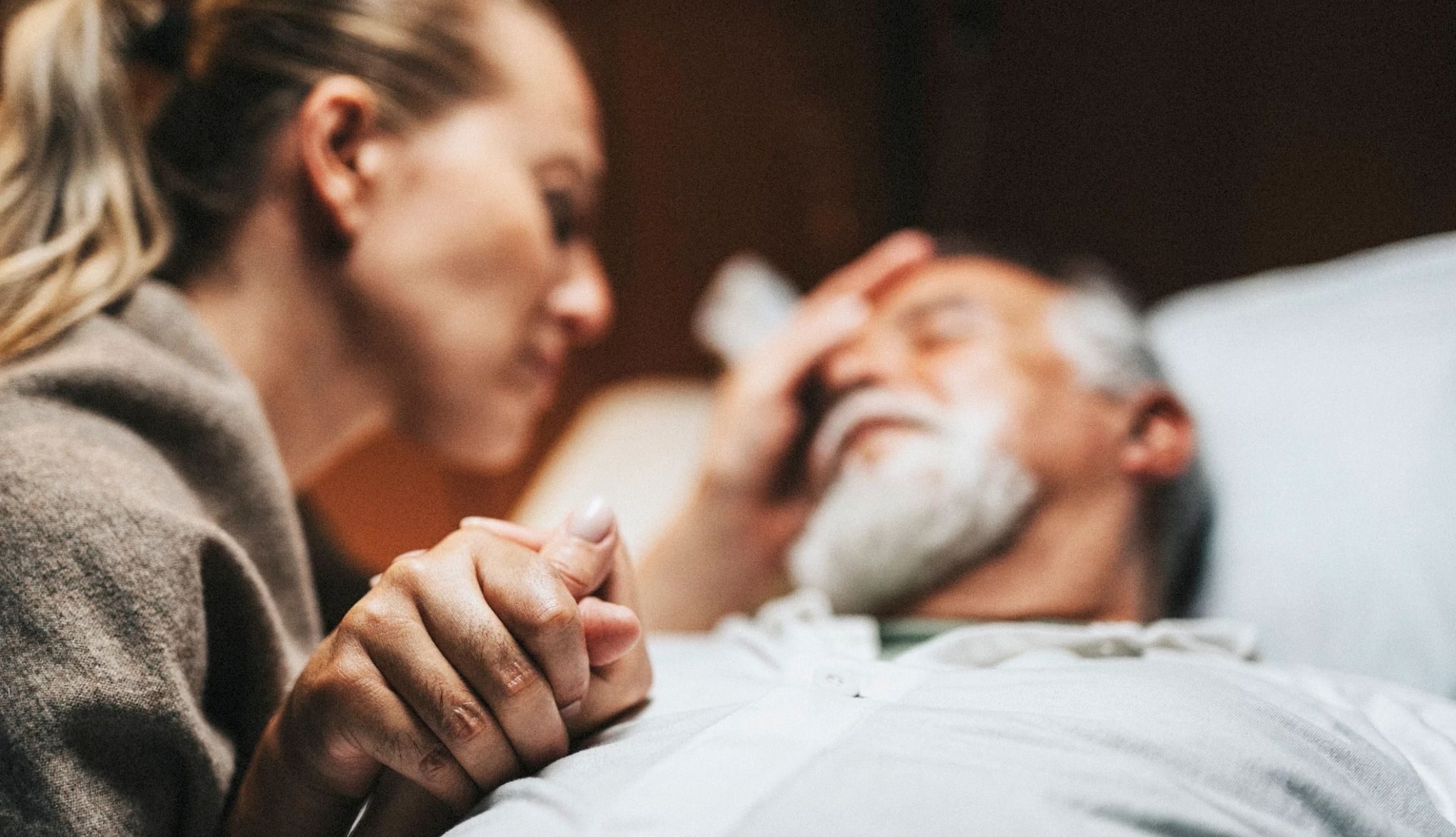AARP Hearing Center


For patients with a terminal diagnosis, hospice care may be recommended by their medical team. Hospice, which provides support, guidance and pain relief, allows patients and families to focus on spending time together, often in the comfort of their own homes rather than a hospital.
What is hospice care?
Though the word “hospice” might trigger the notion of giving up on life, the goal is to give a person the best possible quality of life.
“Dying isn’t really the focus of hospice care,” says Angela Novas, chief medical officer for the Hospice Foundation of America. “The focus of hospice is to live well for the remainder of your time, however long that is.”
A multidisciplinary hospice team works together to care for the patient’s medical, psychological and spiritual support. Team members can include the patient’s personal physician, the hospice medical director, nurses and aides along with social workers, clergy and trained volunteers.
Hospice can be provided at the caregiver’s home, a hospital or a hospice facility.
Who pays for hospice?
The full cost of hospice services is covered by Medicare and Medicaid. “If your loved one isn’t on Medicare or Medicaid, private insurance policies generally follow the Medicare model,” says Davis Baird, director of government affairs at the National Association for Home Care & Hospice. There may be a copayment charge for some medicines or in-patient respite care.
Hospice is tied to a certain eligibility requirements. “You have to be certified terminally ill, meaning you have six months or less to live if your terminal illness runs its normal course,” Baird says.
There's not a limit on receiving the care. You can continue to receive hospice care after six months, as long as you continue to meet eligibility requirements, Novas says.



































































More From AARP
8 Scams That Senior Medicare Patrols Are Seeing
Old cons are recycled to take advantage of news reportsAuthor of ‘The In-Between’ Shares the Key Thing She’s Learned as a Hospice Nurse
New book sheds light on the process of dying and the best thing you can say to a loved one
How Hospice Helped My Family
A daughter reflects on the decision she made for her father and how much the support meant to them